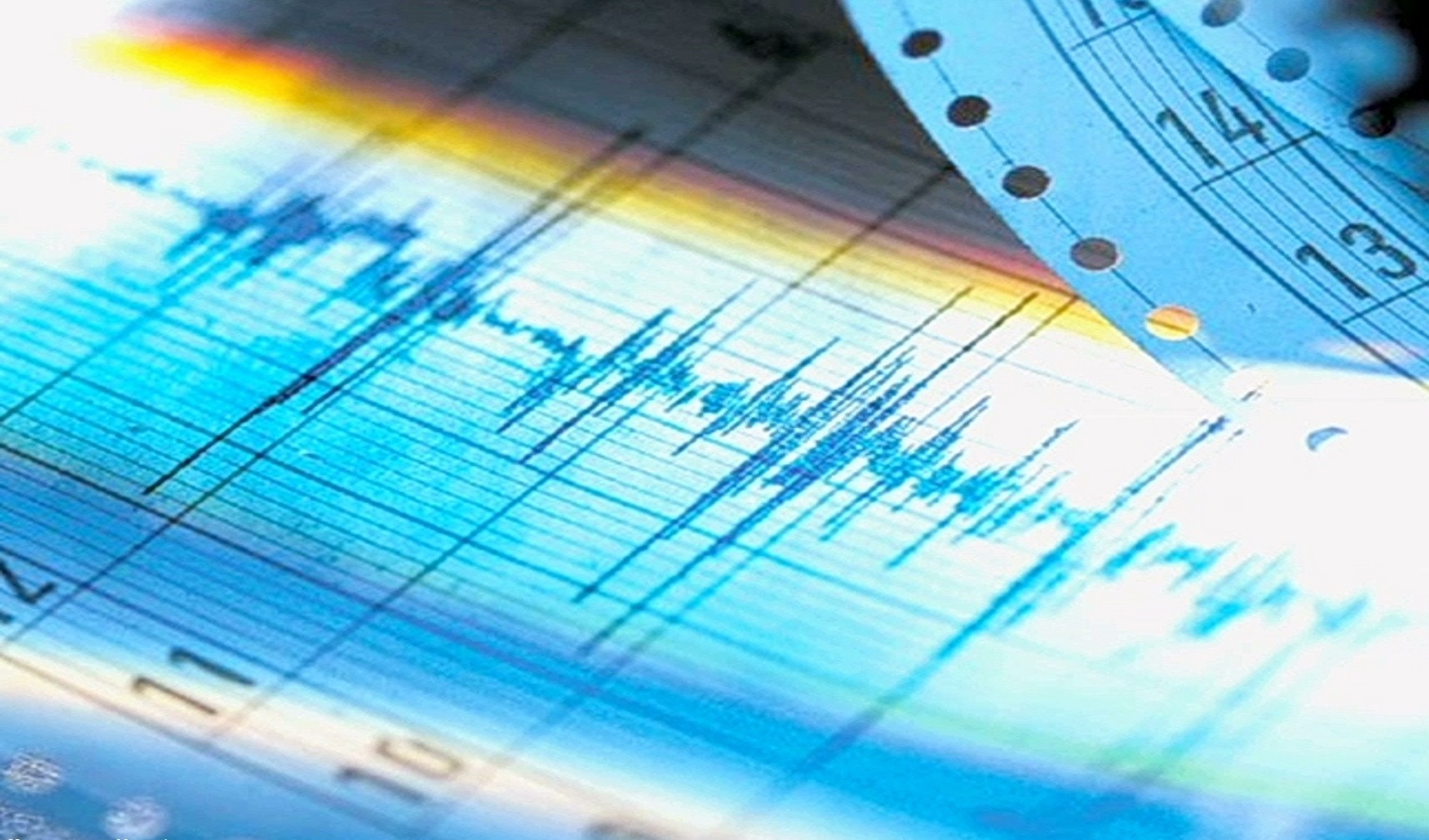
Scientists have observed a discrepancy between the actual number of earthquakes in Japan and the false impression that they are becoming more frequent, the Asahi Shimbun newspaper reported on May 6.
Scientists say statistics do not show an increase in the frequency of earthquakes. But they warn of waves of online earthquake information, often inaccurate or completely false, that could influence people’s perceptions of seismic activity.
According to the Japan Meteorological Agency (JMA), from January to the end of April this year, 89 earthquakes of magnitude 4.0 or higher on the Japanese seismic scale of 7 were observed throughout the country. An intensity of 4 generates tremors that “They surprise most people,” the JMA said.
During the same period in the last three years, the number of earthquakes with a magnitude of 4.0 or greater was nine in 2023, 22 in 2022 and 21 in 2021.
This year’s number 89 stands out.
But 66 of these tremors were part of a devastating earthquake on the Noto Peninsula, which occurred on New Year’s Day.
Subtracting these tremors from the total, 2024 has been a pretty normal year so far.
Naoshi Hirata, a professor emeritus at the University of Tokyo who heads the government’s earthquake research committee, was asked about the issue at a news conference in April.
“If you look at the statistics, earthquakes are very common now,” Hirata said.
From May 2014 to April 2024, 717 earthquakes of magnitude 4 or higher were recorded in Japan.
During the previous 10-year period, from May 2004 to April 2014, the number of such earthquakes was 831. And in the previous decade, from May 1994 to April 2004, the number was 701.
The numbers have remained virtually unchanged this century.
Hirata noted that even in the world of seismology, which looks at earthquakes on a long-term scale, such as 100 years, “earthquakes with the frequency they occur in Japan are normal.”
Katsuya Yamori, a professor at Kyoto University’s Disaster Prevention Research Institute and an expert in the psychology of disaster prevention, has theorized why some social media users believe there are so many earthquakes these days.
“This is probably because people have come to perceive earthquakes as a social phenomenon,” he said.
If a major earthquake had struck Japan during the Edo period (1603-1867), when there was no Internet or television, people in remote areas would not have “felt it,” Yamori said.
In contrast, “people living in an online community experience earthquakes through the words, actions, and images of others on television and the Internet, even if they themselves do not feel the tremors or see collapsed buildings in front of them,” Yamori said.
Additionally, smartphones and social media have become common means of communication, and news sites and disaster management apps have improved.
In other words, the recent “increase in earthquakes” has more to do with “an increase in earthquake reporting and information,” he said.
While it is helpful for people to share their earthquake stories to raise awareness for preparing for natural disasters, equating information found online with real-life experiences can be dangerous.
After the Noto Peninsula earthquake, many fake ransom requests were posted on social media.
Uploaded images of the 2011 Great East Japan Earthquake and Tsunami and the 2004 Kumamoto Earthquake were incorrectly described as destruction on the Noto Peninsula.
Many people believed that this false information was real and spread it with good intentions.
Satoshi Harada, who heads the JMA’s earthquake and tsunami monitoring department, urges people to “improve their daily preparedness instead of being afraid because they think there will be many more earthquakes.”
Source: Rossa Primavera
I am Michael Melvin, an experienced news writer with a passion for uncovering stories and bringing them to the public. I have been working in the news industry for over five years now, and my work has been published on multiple websites. As an author at 24 News Reporters, I cover world section of current events stories that are both informative and captivating to read.
